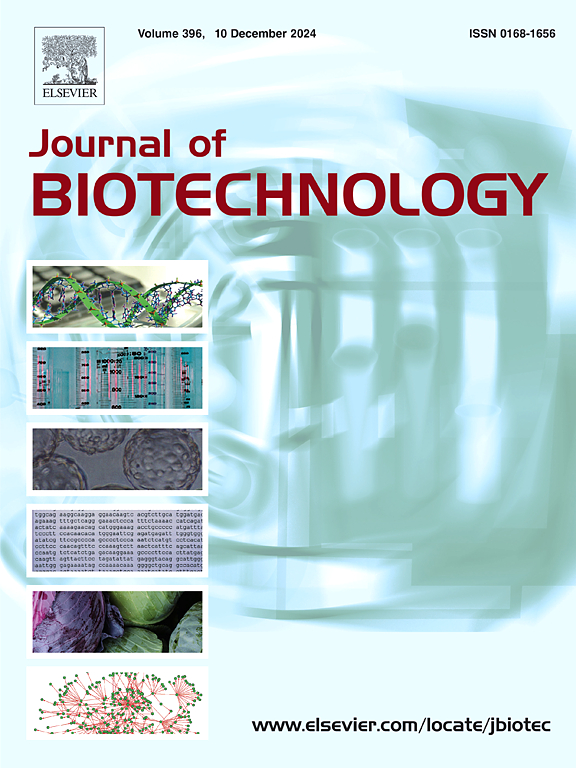Functional nucleic acid-powered hybrid nanocarriers for synchronized targeted delivery of dual-solubility therapeutics
IF 3.9
2区 生物学
Q2 BIOTECHNOLOGY & APPLIED MICROBIOLOGY
引用次数: 0
Abstract
Combination chemotherapy presents a promising approach to overcome multidrug resistance in cancer treatment. However, conventional delivery systems struggle to achieve synchronized co-delivery of hydrophilic and hydrophobic therapeutics with tumor-specific targeting and controlled release. Here, we developed a multifunctional nanocarrier integrating poly (lactic-co-glycolic acid) nanoparticles with polydopamine and programmable nucleic acids. Within this system, the hydrophobic core encapsulates lipophilic drugs, while the surface nucleic acid architecture enables hydrophilic drug loading via molecular intercalation. Furthermore, tumor-targeting aptamers guide selective cellular uptake, and a tumor microenvironment-responsive mechanism ensures spatiotemporally controlled drug release. As demonstrated experimentally, this unified platform demonstrates promising antitumor activity with potential advantages in drug delivery efficiency. By combining targeted delivery, differential drug loading, and stimuli-triggered release, the design establishes a modular framework for precision combination therapies, thereby advancing adaptable nanomedicine in oncology.
双重溶解度治疗同步靶向递送的功能性核酸驱动的杂交纳米载体
联合化疗是克服癌症多药耐药的一种很有前途的方法。然而,传统的给药系统难以实现具有肿瘤特异性靶向和控释的亲水和疏水治疗药物的同步共给药。在这里,我们开发了一种多功能纳米载体,将聚乳酸-羟基乙酸纳米颗粒与聚多巴胺和可编程核酸结合在一起。在该系统中,疏水核心包裹亲脂性药物,而表面核酸结构使亲水药物通过分子插层装载。此外,肿瘤靶向适体引导选择性细胞摄取,肿瘤微环境响应机制确保了时空控制的药物释放。实验证明,该统一平台具有良好的抗肿瘤活性,在给药效率方面具有潜在优势。通过结合靶向递送、差异药物负载和刺激触发释放,该设计建立了精确联合治疗的模块化框架,从而推动了肿瘤适应性纳米药物的发展。
本文章由计算机程序翻译,如有差异,请以英文原文为准。
求助全文
约1分钟内获得全文
求助全文
来源期刊

Journal of biotechnology
工程技术-生物工程与应用微生物
CiteScore
8.90
自引率
2.40%
发文量
190
审稿时长
45 days
期刊介绍:
The Journal of Biotechnology has an open access mirror journal, the Journal of Biotechnology: X, sharing the same aims and scope, editorial team, submission system and rigorous peer review.
The Journal provides a medium for the rapid publication of both full-length articles and short communications on novel and innovative aspects of biotechnology. The Journal will accept papers ranging from genetic or molecular biological positions to those covering biochemical, chemical or bioprocess engineering aspects as well as computer application of new software concepts, provided that in each case the material is directly relevant to biotechnological systems. Papers presenting information of a multidisciplinary nature that would not be suitable for publication in a journal devoted to a single discipline, are particularly welcome.
 求助内容:
求助内容: 应助结果提醒方式:
应助结果提醒方式:


